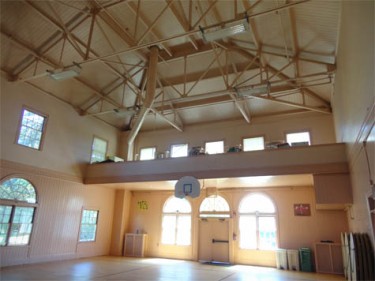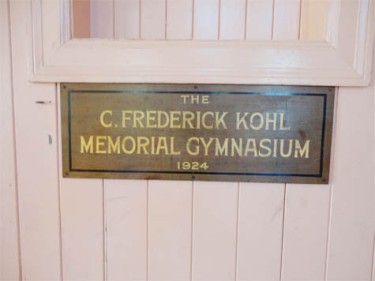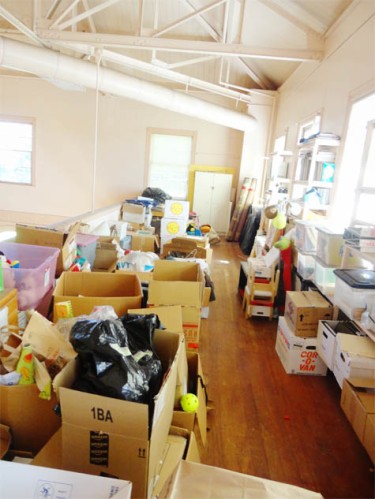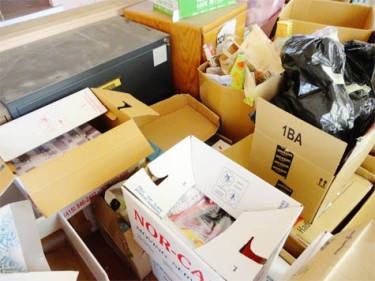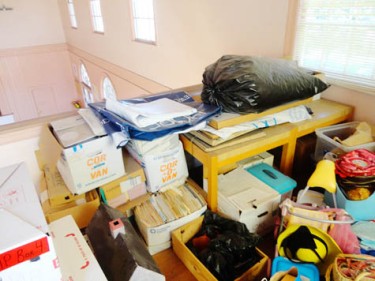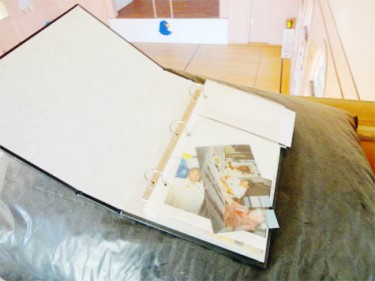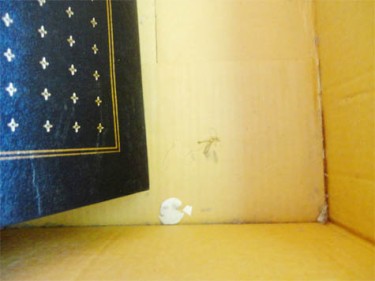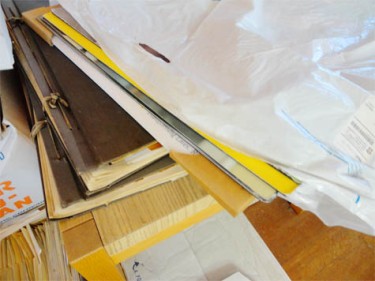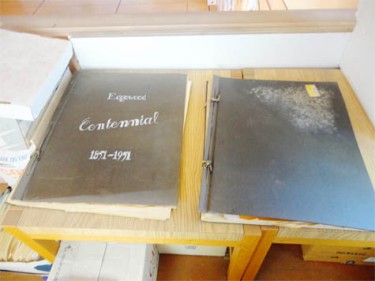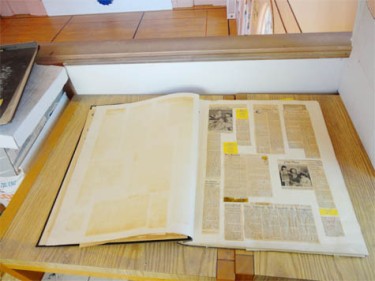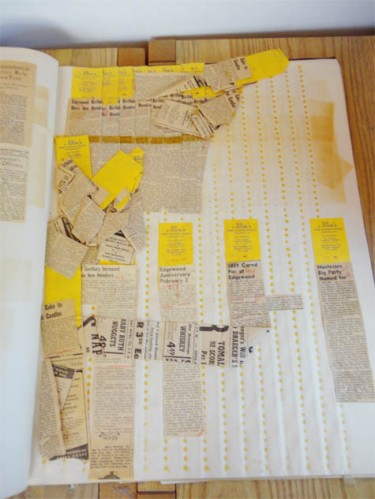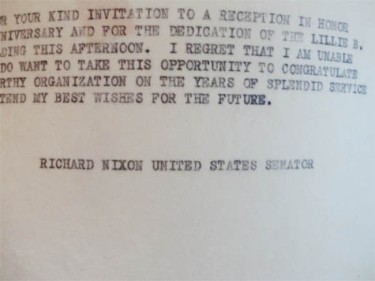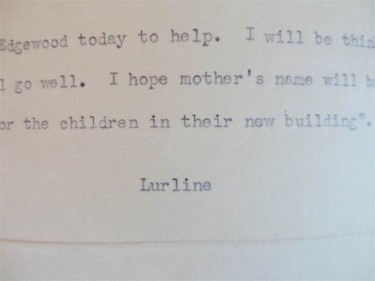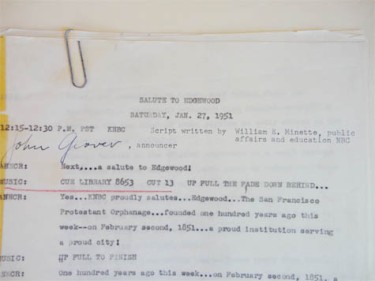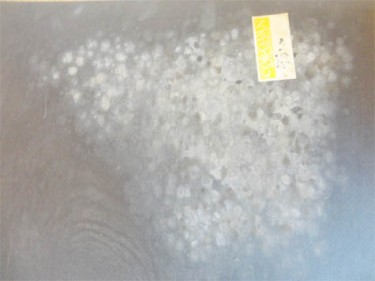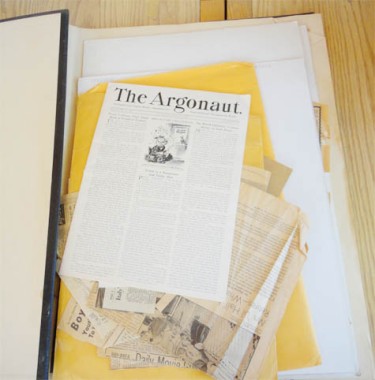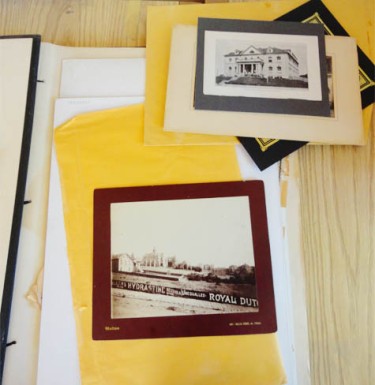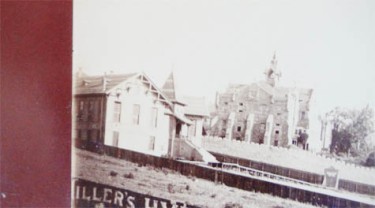Hello and welcome! My name is Jessica and I’m a MLIS candidate at SJSU. I created this blog as a way to document my special studies project (LIBR 298 for SJSU folks) this semester, which I am very excited about.
My project will take place at Edgewood Center for Children and Families in San Francisco, a 163-year-old organization originally founded as an orphanage for Gold Rush orphans, where I’m currently employed in a non-archival role. I will be surveying the agency for archival records, digitizing and indexing what I uncover, and donating items to the San Francisco History Center. I plan to also begin an oral history project for the organization.
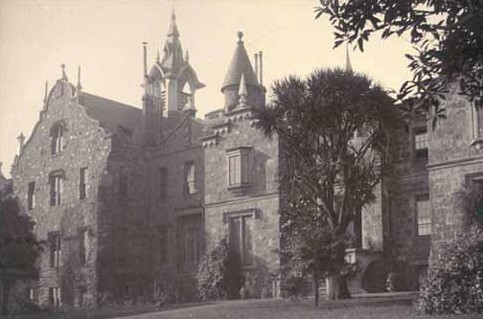
The San Francisco Protestant Orphanage on Haight Street in 1871. © Edgewood Center for Children and Families. Permission to use granted by Edgewood.
About the project
In celebration of its 150th anniversary, Edgewood undertook the enormous task of creating an archival collection. Thanks to many months of work by archivist Pennington Ahlstrand, the “Edgewood Records 1851-1959” collection was donated to the San Francisco History Center in 2003. The collection contains images and records of former orphans, adoption files, administrative records, and more from Edgewood’s origins in 1851 through 1959.
Although the majority of records are in the existing collection, some historical materials remain at Edgewood’s seven-acre campus. After a wonderful conversation with the lovely Ms. Ahlstrand, I learned that she was requested to leave behind some records that were being housed in a vault at Edgewood at the time of the original donation. Unfortunately, these records have over time made their way to random locations throughout the organization, and are periodically uncovered by staff, including myself, but left behind in improper storage.
The primary place that I suspect many of the records are stored is a space in the organization’s basketball gym, built in the 1920s, and subject to mold and mildew, sunlight, temperature fluctuations, theft, and other various threats to preservation. Other prospective locations include the basement in the Administration Building; and desks, closets, and other nooks and crannies around the campus.
The impetus for this project was my discovering a set of original architectural plans in the gym shortly after being hired, folded and stored in a box with contemporary Communications Department collateral, as well as a co-worker finding some historical photos with water damage, also in the gym.
I had only recently started the MLIS program at the time, but I still immediately knew that I wanted to help uncover all of the remaining, hidden historical records and ensure they are preserved. Now I have taken some coursework related to the archives field and finally have the chance to help. The new leadership at Edgewood is very enthusiastic about the project and supports donating the items that weren’t originally allowed to go to the San Francisco History Center – once they are found!

A group of children in front of the Haight Street building in 1891. © Edgewood Center for Children and Families. Permission to use granted by Edgewood.
An introduction to Edgewood’s history
Edgewood has a fascinating history, intertwined with prominent San Francisco Bay Area families, including Levi Strauss, G.W. Haight, Eadweard Muybridge, Jack London, Adolf Sutro, Lillie Coit, James Flood, Mrs. Stanford (yes, of Stanford University), and Mrs. Crocker. In fact, Levi Strauss himself was one of the first donors to Edgewood and Edgewood still enjoys a partnership with the company.
The agency was founded in 1851 by Mrs. R.H. Waller, wife of the City Recorder, as the San Francisco Orphan Asylum shortly after she rescued an orphaned family of five children whose parents had died of cholera en route to the Gold Rush. On March 19 of that year, nine children moved into the orphanage’s first home in Happy Valley (today’s South of Market area, near First and Mission streets).
They quickly outgrew this space and in 1852, 26 children moved to the next location in Pleasant Valley (also today’s South of Market district, but a few blocks over by First and Folsom streets). And in March 1854, the orphanage moved again to the Hayes Valley neighborhood, on a lot bounded by Haight, Buchanan, Hermann, and Laguna streets, which is where a campus of the University of California now resides. In 1863, the agency changed its name to the San Francisco Protestant Orphan Society and the Haight Street building expanded to house 300 orphans.
By the orphanage’s 50th anniversary in 1901, it had served over 3,500 children. Then, the great 1906 earthquake hit. The 187 children living at the orphanage at the time all escaped injury and were temporarily moved to Petaluma until the building was habitable. The Haight Street building fell into disrepair and the orphanage moved yet again in 1919, leasing a building from another organization. At this point, the orphanage managers knew they needed to buy a sizable plot of land on which to build a new, permanent facility.
In 1923, a 10-acre “well-wooded” lot on Vicente Street, in the mostly undeveloped west side of the city, was purchased. In 1924, a campus consisting of six residential cottages and an administration building (including the basketball gym mentioned earlier) opened up, and the name of the organization was changed to the Edgewood Protestant Orphanage. By 1927, there were 176 children living on the campus.
The Auxiliary, a volunteer group, was created in 1948, to help the children with direct services and help the organization raise money.
In 1951, 100 years after its establishment, Edgewood underwent a major transformation in its service delivery, changing from an orphanage and foster home program to a residential treatment facility for emotionally disturbed youth. It also accepted male Board of Managers for the first time in its history.
During the 1970s, Edgewood became accredited as a psychiatric hospital for youth, and opened an educational facility for children and adults with learning disabilities. This mission for caring for children with mental and behavioral health issues has continued to today.
Interestingly, I wasn’t able to find the date of the name change from the Edgewood Protestant Orphanage to Edgewood Center for Children and Families! I’ll see if I can find this out during the course of the semester.
I look forward to sharing what I find here!
References:
Edgewood Center for Children and Families. (2014). History. Retrieved from http://www.edgewood.org/whoweare/about/history.html
Online Archive of California. (2014). Finding aid to the Edgewood records 1851-1959 SFH 29. Retrieved from http://www.oac.cdlib.org/findaid/ark:/13030/c8kd1x82/
San Francisco Genealogy. (n.d.). Street names. Retrieved from http://www.sfgenealogy.com/sf/history/hgstr.htm
The Virtual Museum of the City of San Francisco. (n.d.). San Francisco in 1856. Retrieved from
http://www.sfmuseum.org/hist1/56hist.html

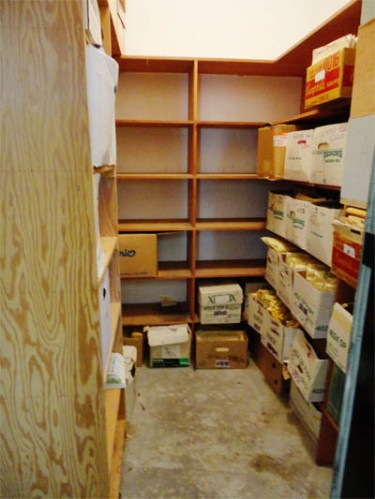
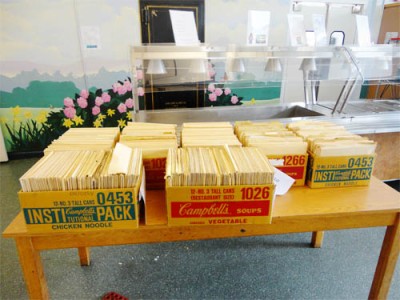

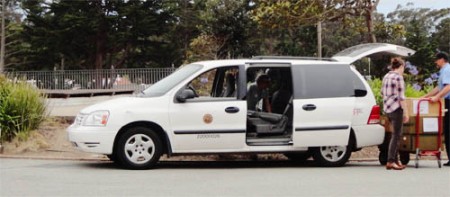
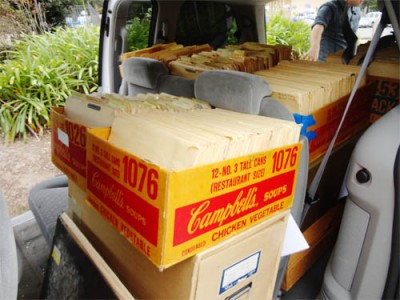


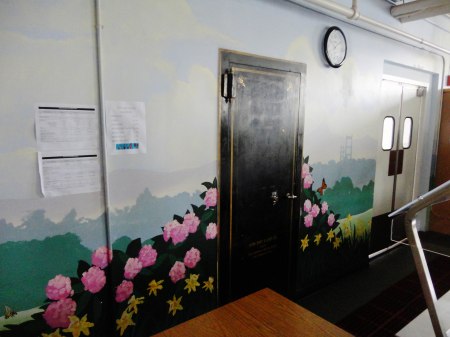

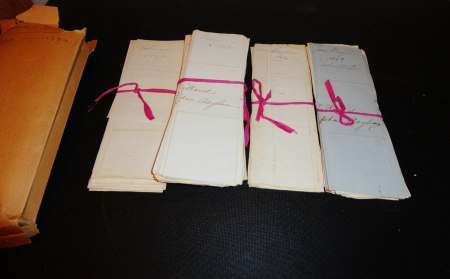
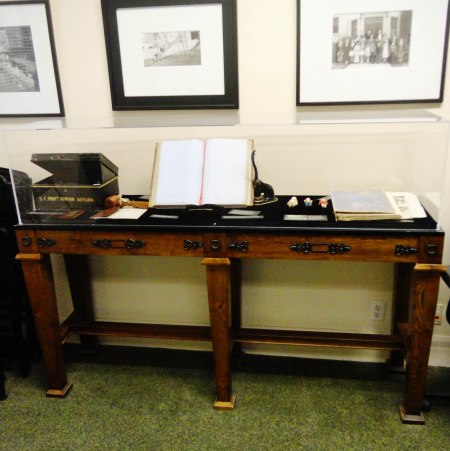
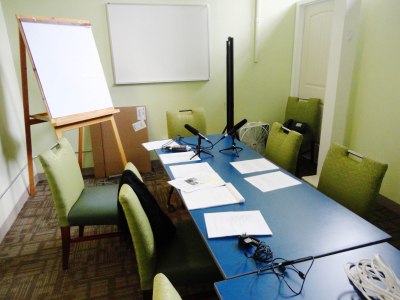
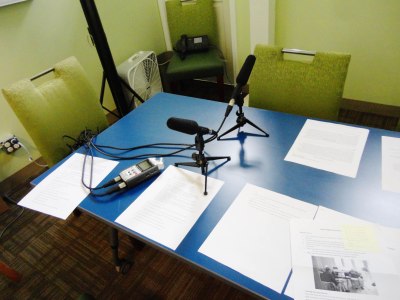
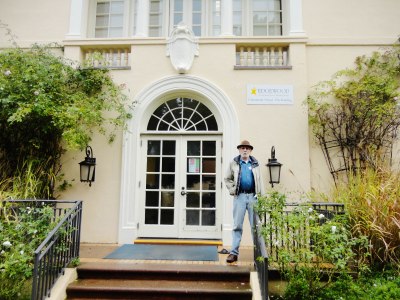

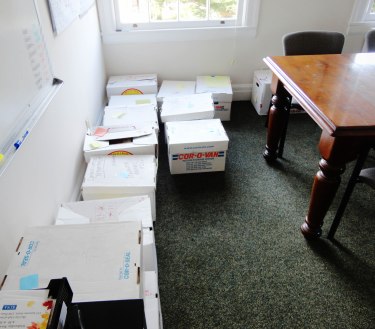




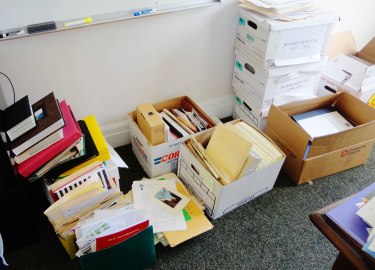
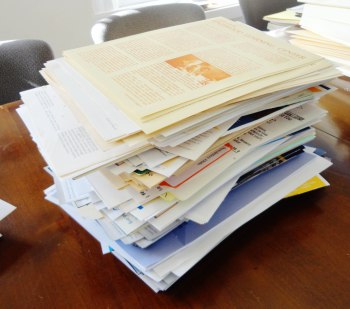

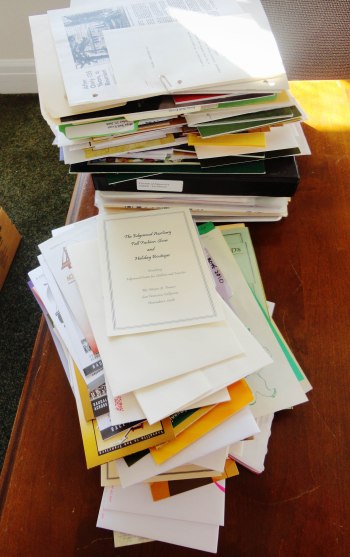
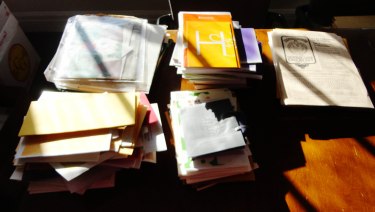
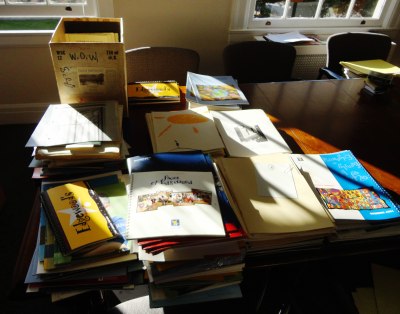
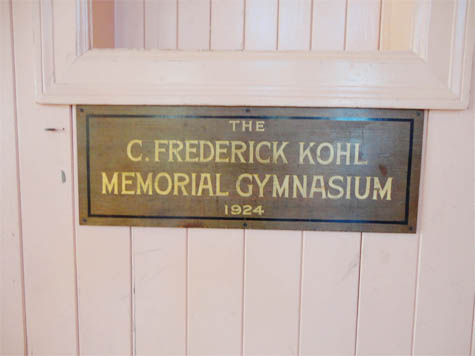
 Source
Source
